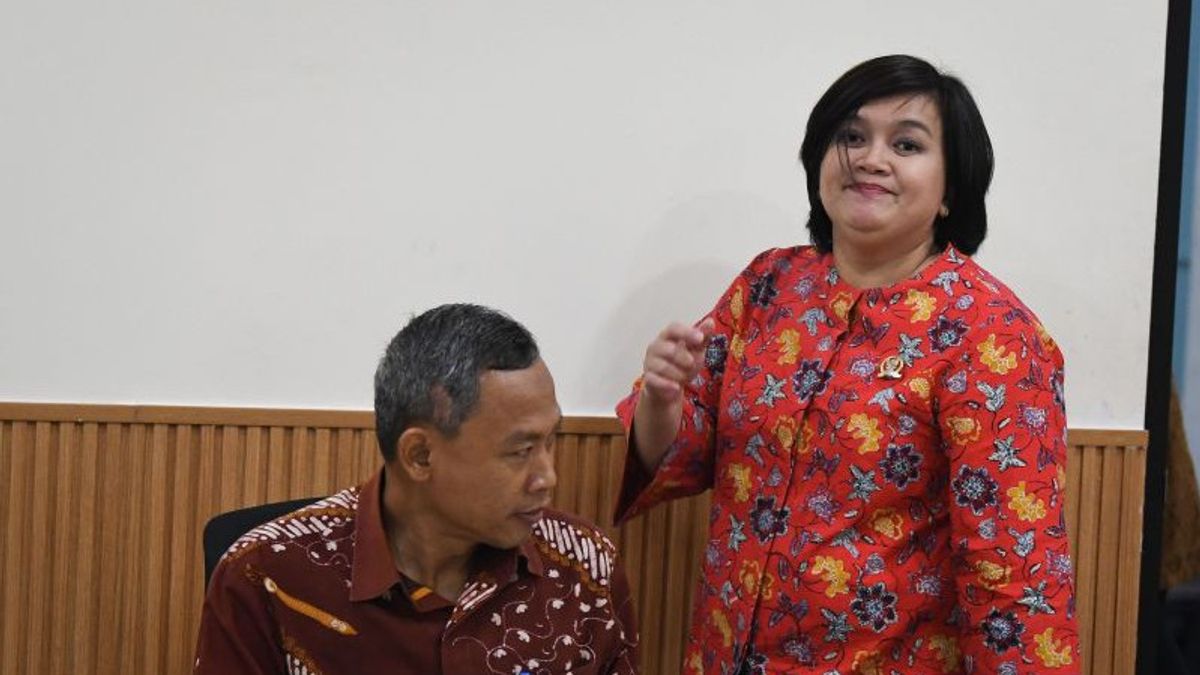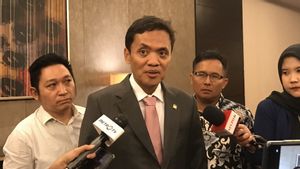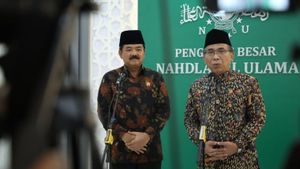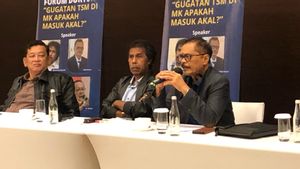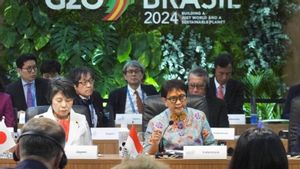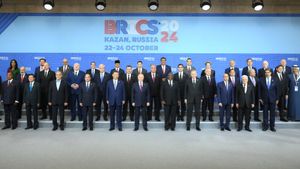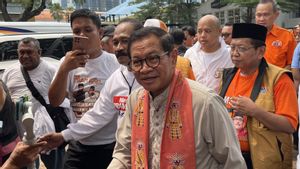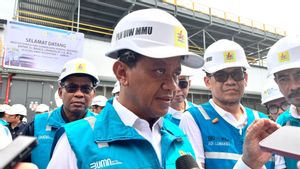JAKARTA - The National Human Rights Commission (Komnas HAM) has asked the General Elections Commission (KPU) to provide accurate vote acquisition data because it is the public's right to get information
"Because it is part of the disclosure of public information, the right to information that is indeed the right of the public; the information must be accurate," said Deputy Chairman of Komnas HAM Pramono Ubaid Tanthowi as quoted by ANTARA, Thursday, February 22.
Pramono, who was a member of the Indonesian KPU for the 2017-2022 period, said this was to respond to the Recapitulation Information System (Sirekap) system on the KPU's official website, which did not properly publish the vote count of election participants a few days ago.
To ensure that the information about the election is accurate, Pramono said the KPU must make system improvements quickly.
With the improvement of the data revenue system, the chairman of the 2024 Election Monitoring Team believes that the KPU will play a role in fulfilling the people's rights to get information about elections.
Previously, KPU member Betty Epsilon Idroos said that his party would evaluate the infrastructure to human resources (HR) of polling group officials (KPPS) regarding data errors between Form C results uploaded to Sirekap with data at polling stations (TPS).
"The system will depend on humans very much, whatever type of information system is used it will also depend on its users. Therefore, this is part of the KPU's evaluation," said Betty, Monday, February 19.
Betty said that uploading data by KPPS officers at each TPS requires adequate infrastructure, such as mobile phones or cellphones to fast internet networks.
The reason is, according to Betty, the FormC data for these results must be photographed using the devices of each KPPS member. Then, the photo is inserted into the Sirekap site.
Sirekap is known to use optical sign recognition (OMR) technology and optical character recognition (OCR) recognition.
SEE ALSO:
The technology allows to recognize manual writing patterns and can be translated as a number value. Thus, numbers in the form of writing can be directly converted into numerical data in Sirekap.
Betty explained that the problem occurred when Sirekap's technology could not detect photos of number writing properly, resulting in differences in numerical data.
Then, KPU member Idham Kholid said the vote count was delayed because his party had synchronized the TPS data with data in Sirekap.
However, he ensured that the recapitulation process carried out by officers had been carried out in several major cities, including Jakarta.
The English, Chinese, Japanese, Arabic, and French versions are automatically generated by the AI. So there may still be inaccuracies in translating, please always see Indonesian as our main language. (system supported by DigitalSiber.id)
